Bushymouth catfish - Ancistrus dolichopterus
Scientific name: Ancistrus dolichopterus
Common name: Bushymouth catfish
Family: Loricariidae
Usual size in fish tanks: 14 - 16 cm (5.51 - 6.3 inch)
014
Recommended pH range: 6 - 7.8
Recommended water hardness: 4 - 25°N (71.43 - 446.43ppm)
0°C 32°F30°C 86°F
Recommended temperature range: 23 - 29 °C (73.4 - 84.2°F)
The way how these fish reproduce: Spawning
Where the species comes from: South America
Temperament to its own species: peaceful
Temperament toward other fish species: peaceful
Usual place in the tank: Bottom levels
Origin
The Bushymouth Catfish, scientifically known as Ancistrus dolichopterus, hails from the rivers and streams of South America, particularly the Amazon, Tapajos, and Negro River Basins. In its natural habitat, this catfish thrives in fast-flowing, well-oxygenated waters rich in submerged vegetation, driftwood, and rocky substrates. These conditions provide ample hiding spots and grazing surfaces for algae, which forms a large part of their diet. The bushy nose of the males, one of their defining features, is thought to play a role in territorial display within these dense, competitive environments.
Appearance
Ancistrus dolichopterus is distinguished by its dark, mottled body covered in white or yellow spots, which provides camouflage among rocks and driftwood in their natural habitat. Their size in aquariums typically ranges from 14 to 16 cm (5.51 - 6.3 inches). The most notable feature is the bushy tentacles on the snout of mature males, which are absent or much less pronounced in females. These tentacles contribute to their common name, "Bushymouth Catfish." They possess a sucker mouth, allowing them to attach to surfaces while feeding on algae or scavenging for food.
Feeding and Diet
In the wild, Bushymouth Catfish are primarily herbivores, feeding on algae and plant matter. In the aquarium, they maintain this herbivorous tendency, requiring a diet rich in plant-based foods. Providing a variety of foods ensures their optimal health. They should be fed high-quality sinking algae wafers, spirulina-based pellets, and fresh vegetables such as zucchini, cucumber, and spinach. Blanch the vegetables before offering them to make them easier to consume.
While they are primarily herbivorous, Bushymouth Catfish will also consume protein-rich foods when available. They may occasionally accept live bloodworms or other protein-based foods, although these should be provided sparingly to prevent digestive issues. Additionally, they are natural scavengers, feeding on leftover food, dead fish, and detritus in the tank, which can help maintain a clean aquarium environment. However, this scavenging behavior should not replace a balanced diet; offering a varied diet is key to their health. Feeding them after the aquarium lights are turned off is recommended, as they are more active during nighttime.
Tank Setup and Environment
For housing Bushymouth Catfish, a well-planted aquarium with plenty of hiding spots is essential. A tank of at least 120 liters (30 gallons) is recommended to provide sufficient space, especially if you plan to keep multiple individuals. As bottom-dwellers, they require a soft substrate, such as fine sand or smooth gravel, to prevent injury to their sensitive underbellies and barbels. Include plenty of driftwood and rocks, as these catfish enjoy grazing on the biofilm and algae that grow on these surfaces.
Since Ancistrus dolichopterus originates from areas with ample vegetation and subdued lighting, consider using floating plants like Pistia stratiotes to create shaded areas and diffuse the light in the tank. This setup not only mimics their natural environment but also helps reduce stress and encourages natural behaviors. A strong filtration system is essential, as they prefer clean, well-oxygenated water. Additionally, providing caves or PVC pipes will create ideal breeding sites and safe hiding places, which are crucial for their well-being.
Water Parameters
Bushymouth Catfish are relatively hardy and can adapt to a wide range of water conditions. However, they thrive best in slightly acidic to neutral pH levels, ideally between 6.0 and 7.8. The water temperature should be maintained between 23-29°C (73.4-84.2°F). They are tolerant of varying water hardness, from soft (4°dGH) to very hard (25°dGH), allowing for flexibility in their care. Despite their adaptability, it is crucial to keep the water clean and well-oxygenated through regular water changes and a high-quality filtration system, as they are sensitive to poor water quality.
Behavior and Compatibility
Bushymouth Catfish are peaceful and generally do well in community tanks. They prefer to occupy the bottom levels of the aquarium, where they forage for food and find shelter among the tank's décor. Although they are peaceful towards other fish, they can exhibit mild territorial behavior towards their own species, particularly if adequate hiding spaces and territories are not provided. Therefore, it is best to keep them either as a solitary individual or in a spacious tank with plenty of caves and hiding spots to accommodate more than one catfish.
They are compatible with a variety of other peaceful species, including tetras, rasboras, dwarf cichlids, and other catfish species. However, avoid housing them with aggressive or highly territorial fish that could stress the Bushymouth Catfish or compete for food resources. Their nocturnal nature means they are most active during the evening and night, so they are unlikely to disturb other tank inhabitants during the day.
Sexing
Sexing Bushymouth Catfish can be challenging when they are young, as both males and females look similar. However, as they mature, males develop distinctive bushy tentacles on their snouts, while females either lack these bristles or have only small, less pronounced ones. This sexual dimorphism becomes more evident as the fish age, making it easier to distinguish between the sexes.
Breeding
Breeding Ancistrus dolichopterus in captivity is relatively straightforward, making them a popular choice for aquarists interested in breeding catfish. To encourage spawning, provide caves or PVC pipes that can serve as secure sites for the female to deposit her eggs. The female lays between 50 to 200 eggs in the cave, which are then fertilized by the male. After the eggs are laid, the female leaves, and the male takes on the responsibility of guarding the eggs and caring for the fry.
The male will fan the eggs with his fins to provide oxygen and protect them from potential threats. The eggs usually hatch within 4 to 10 days, depending on the water temperature. Once the fry emerge, they will feed on the biofilm in the tank and algae. It is important to provide sufficient food for the fry, such as blanched vegetables and finely crushed spirulina-based pellets, to ensure healthy growth.
Lifespan
Bushymouth Catfish (Ancistrus dolichopterus) have a relatively long lifespan, living up to 12 years when provided with proper care. Maintaining high water quality, offering a balanced diet, and providing a suitable tank environment are key to ensuring they live a long and healthy life.
Short Description
The Bushymouth Catfish, Ancistrus dolichopterus, is a hardy and peaceful bottom-dwelling species that adds both functionality and charm to a community aquarium. Known for its distinctive bushy tentacles on the snouts of males, this catfish is an excellent algae grazer that helps keep the tank clean. They thrive in medium to large tanks with ample hiding spots, driftwood, and plants that mimic their natural habitat. Their omnivorous diet primarily consists of plant-based foods, supplemented occasionally with protein-rich treats. With proper care, these catfish can live up to 12 years, making them a rewarding choice for aquarists.


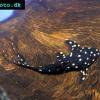 Adonis
Adonis  Lyre
Lyre 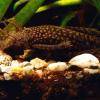 Bristlenose
Bristlenose  Gold
Gold  Spotted
Spotted  Medusa
Medusa 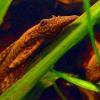 Bristlenose
Bristlenose 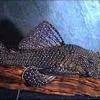 Starlight
Starlight  Spotted
Spotted  Catfish
Catfish  Bushynose
Bushynose 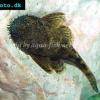 Bristlenose
Bristlenose  Green
Green 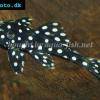 LDA-33
LDA-33 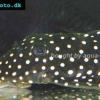 Snowflake
Snowflake 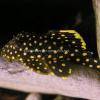 Gold
Gold 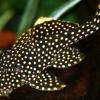 Gold
Gold 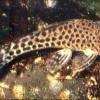 Bulldog
Bulldog  Dasyloricaria
Dasyloricaria 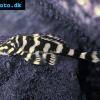 Butterfly
Butterfly 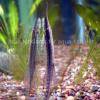 Whiptail
Whiptail 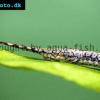 Amazon
Amazon  Twig
Twig 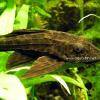 Spotted
Spotted 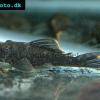 Spotted
Spotted 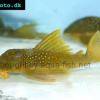 Lemon
Lemon 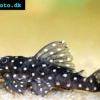 Pleco
Pleco  Peruvian
Peruvian 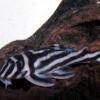 Zebra
Zebra  Pleco
Pleco 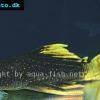 Hypostomus
Hypostomus 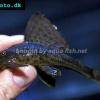 Pleco
Pleco  Suckermouth
Suckermouth  Spotted
Spotted  Woodeating
Woodeating 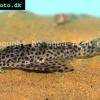 Golden
Golden  Sultan
Sultan  Multiradiatus
Multiradiatus 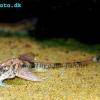 Marbled
Marbled 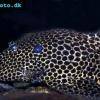 Pleco
Pleco 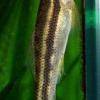 Dwarf
Dwarf  Dwarf
Dwarf  Dwarf
Dwarf  Oxyropsis
Oxyropsis 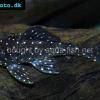 Orange
Orange  Blue
Blue 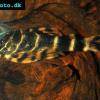 Clown
Clown 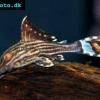 Royal
Royal  Blue
Blue 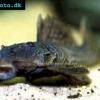 Rubber
Rubber  Goby
Goby 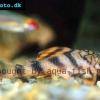 Wormline
Wormline 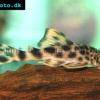 Para
Para  Tiger
Tiger 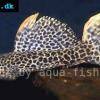 Leopard
Leopard 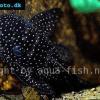 Spiny
Spiny  Marbled
Marbled 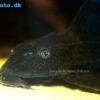 Amazon
Amazon  Common
Common  Sunshine
Sunshine 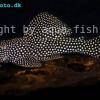 Golden
Golden